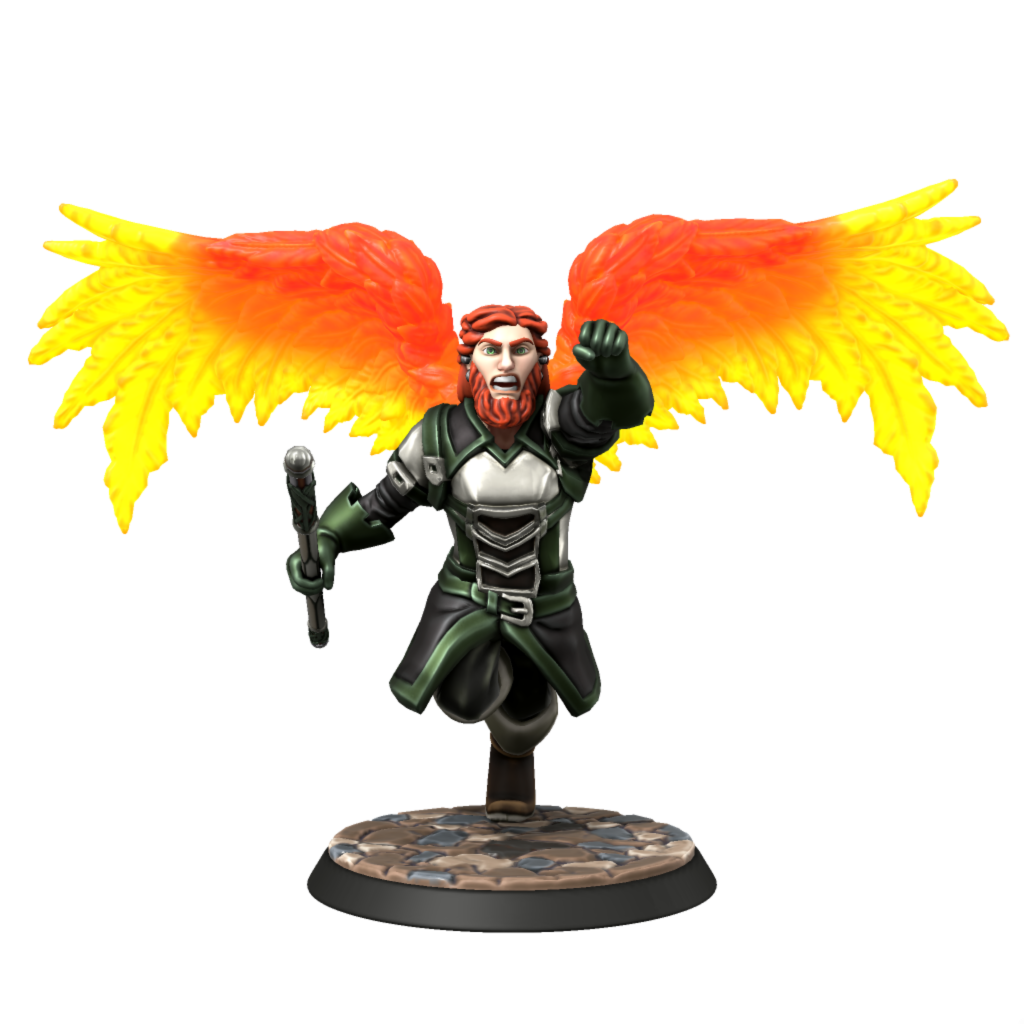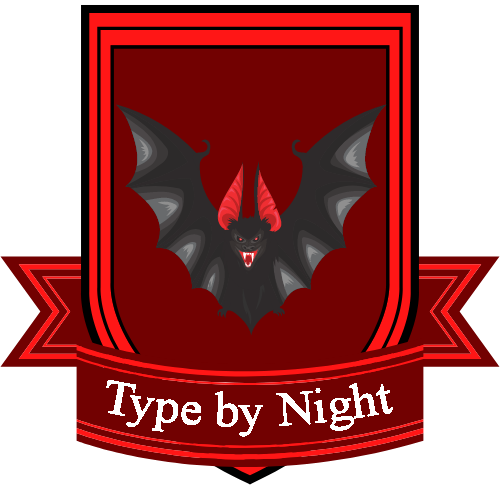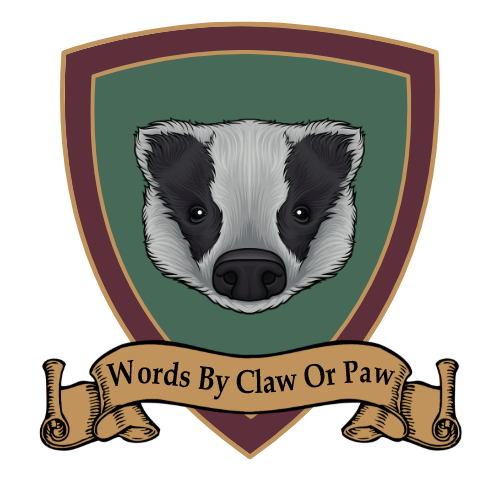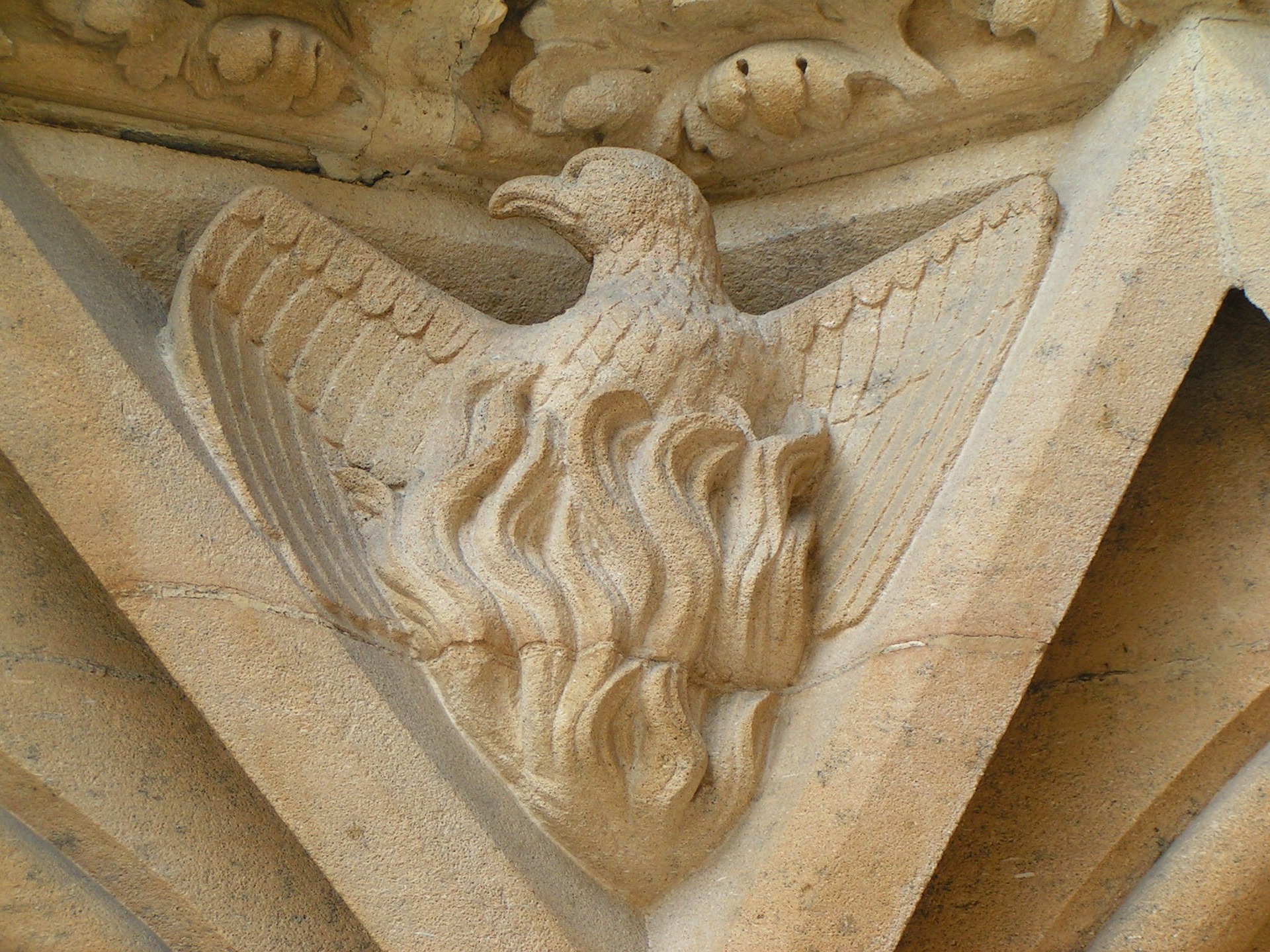Phoenix
The phoenix is a colorful bird that has long been associated with fire, the Sun, and cycles. The legends of phoenixes originated in Ancient Greece, although Herodotus attributed the bird to Ancient Egypt. In the modern day, flaming birds that have been said to look somewhat like golden pheasants have appeared in Greece, Italy, and Egypt. Golden pheasants are not native to these areas, and the fire engulfing the live birds signalled a newly appeared creature.
It has become clear that the flaming, pheasant-styled birds found in the Mediterranean region are indeed phoenixes. Due to the nature of the phoenix, we at the NCD recommend staying clear from any phoenixes encountered in the wild. They do pose a burn risk.
Basic Information
Anatomy
Phoenixes are very similar in coloration to the golden pheasant, in that they have gold heads and large tail-feathers. These birds, however, are not at all related and are in fact visually different as well. A notable difference is the bright, yellow-white crest of feathers on the phoenix's head.aquilae narratur magnitudine, auri fulgore circa colla, cetero purpureus, caeruleam roseis caudam pinnis distinguentibus, cristis fauces, caputque plumeo apice honestante.The story is that it is as large as an eagle, and has a gleam of gold round its neck and all the rest of it is purple, but the tail blue picked out with rosecoloured feathers and the throat picked out with tufts, and a feathered crest adorning its head.
Biological Cycle
When a phoenix reaches the end of its life, it bursts into bright flame. Only ashes remain of the bird when the flames subside. The ashes coalesce into a soot-colored chick shortly thereafter. This chick will grow into an adult phoenix within three to five weeks.
Additional Information
Perception and Sensory Capabilities
It is largely believed after some testing that phoenixes have some form of infrared detection. They have been able to target a human who was controlling a device making bird calls from several hundred meters away, when the human was obscured by trees and heavy foliage. The device was hidden in the brush roughly ten meters away from the human, and is unlikely to have led the bird to the human.
WIP
Streamer
Missing
Status: Location Unknown
Deceased
Status: Deceased Character
Retired
Status: Retired Character or Article
Scientific Name
Aves phoenix
Lifespan
...while the phoenix outlives nine ravens...
Conservation Status
More than a dozen phoenixes have been documented since the end of the Second Word War. It is believed that the species is at no risk, although their environments may be subject to increased rates of brush and forest fires.

Realm with Phoenix Wings by HeroForge
















Comments